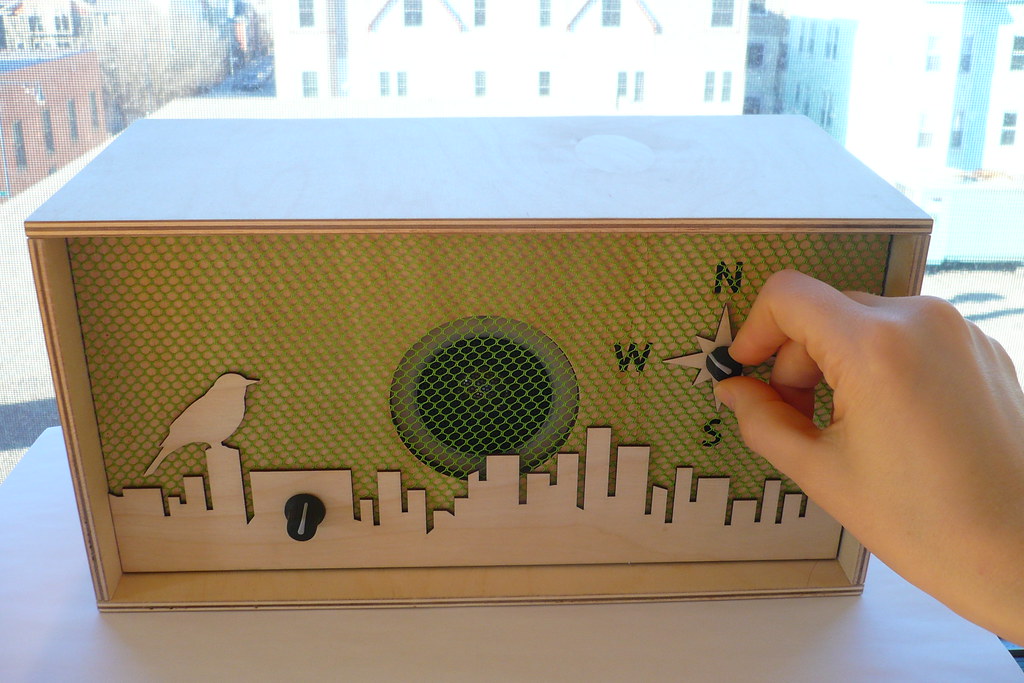資訊設計 Information Design (since 2012)
2024年12月18日 星期三
2024年12月8日 星期日
week 15. project discussion & writing guides
1. final project progress report
Designing Cultural Probes with ESP32cam and AI
Demo & Exhibition
1. Probes Demo (Probes Design and returned Cultural Probes)
2. 10 mins presentation (using PPT or report in ACM format)
Report:
1. ACM SIGCHI Extend Abstract (EA) format 6~10 pages
2. includes:
Introduction
Background
Design research questions
The Cultural Probes Design
The Data Collection
Framing with Strong Concepts (*optional)
Results
Findings and Implications
Possible Design Proposal (*optional, with Annotated Portfolios)
Discussion
Conclusion
References
3. photos include (but not limited to): Cultural Probes, Data Collecting Scenarios, interviews, user returned data, Design Proposal (*option),
Due date: 12/18, 2024
upload to google drive
submission to ACM CHI LBW or DIS is welcome:
https://chi2025.acm.org/for-authors/late-breaking-work/
- Submission deadline: Thursday, January 23, 2025
| Abstract Paper/ Pictorials | 13 January 2025 |
| Full Paper/ Pictorials | 20 January 2025 |
| PWiP / Doctoral Consortium | 21 March 2025 |
Example:
AI Cat Narrator
Expected-Experience Entanglements
Confabulation Radio
Craft consciousness
Once Upon a Future
footpal team 2010
paper
BlindNavi 2015
2. 寫作工具書:
英文研究論文寫作:關鍵句指引(第四版)廖柏森
英文研究論文寫作:段落指引(第二版)廖柏森
2024年11月30日 星期六
week 14. designing frames of interactive things
2. framing interactive things:
2.
3.
能動性 (agency)
知覺交錯模型下的物件能動性.pdf (見FB 社團)
Exercise:
Design your artifacts with the above two frameworks.
Ref:
2024年11月24日 星期日
week 13. annotated portfolios
What should we expect from research through design?
Designing with AI: An Exploration of Co-Ideation with Image Generators
2024年11月17日 星期日
week 12. coding & thematic analysis
Things making Things: An Ethnography of the Impossible
What is ethnography ?
What is phenomenology?
How do they relate to design?
1.
2. Qualitative methodologies: ethnography, phenomenology, grounded theory and more
3. very short introduction:
Notes on Ethnography and Design
現象學還原:懸置之後,透過對事物的"直觀描述",尋找其本質性
的基礎。
4. Blomberg et al. 經典:
An Ethnographic Approach to Design
5. Ethnographic Data Analysis:
http://pages.cs.wisc.edu/~irene/l17-ethnography_analysis.pdf
Question:
1. how to apply ethnography (/phenomenology) to "cultural probes", how to apply ethnography (/phenomenology) to the study of design artifacts?
2. when to use ethnography? when to use phenomenology?
2024年11月10日 星期日
week 11. framing design
example : interaction Tarot
https://interactiontarot.wordpress.com/
2024年11月3日 星期日
week 10. strong concepts
2. Strong concepts
1. Jonas Löwgren. 2013. Annotated portfolios and other forms of intermediate-level knowledge.interactions 20, 1 (January 2013), 30-34.
2. Kristina Höök and Jonas Löwgren. 2012. Strong concepts: Intermediate-level knowledge in interaction design research. ACM Trans. Comput.-Hum. Interact. 19, 3, Article 23 (October 2012), 18 pages.
(pp. 23:11- 23:13)
4 constructs:
1. contextual grounding
2. horizontal grounding
3. vertical grounding
4. reflection, articulation, and abstraction
4.
Between theory and practice: bridging concepts in HCI research
Somaesthetic Appreciation Design (CHI15)
1. Interpret your data with rich interpretation, inspiration, imagination, and discourse.
2. Specify several "themes" related to the above interpretation.
3. Build "strong concepts" (in terms of 4 constructs) to meet these themes
4. Give form to these strong concepts, such as mood boards, and cards.
5. Discuss possible expressions (如何用 expression 開展設計) for your design based on these strong concepts










